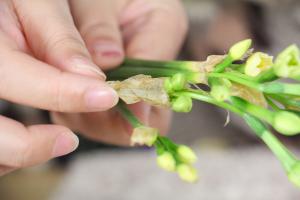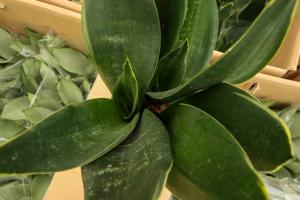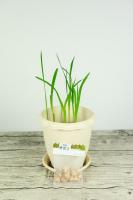What Causes Tomato Plant to Wilt
Tomatoes are a popular and nutritious vegetable enjoyed by many gardeners worldwide. The satisfaction of growing your own tomatoes can quickly turn to frustration when your tomato plant begins to wilt. Wilting can occur due to a variety of factors, from watering problems to pests and diseases. Understanding the causes of wilting can help you take the appropriate measures to prevent or address the problem. In this article, we'll examine the most common causes of tomato plant wilting.
Inadequate Watering
One of the primary reasons for tomato plant wilting is a lack of adequate watering. Tomato plants require a consistent supply of water to thrive. If the soil around the plant becomes too dry, the plant will wilt as a way of conserving water. On the other hand, overwatering can also lead to wilting. When tomato plants are given too much water, their roots can become waterlogged, which can cause the plant to wilt. The key is to water your tomato plants regularly, ensuring that the soil remains moist but not soggy.
Pests and Diseases
Another reason why tomato plants might wilt is due to pests or diseases. Some common tomato pests include aphids, whiteflies, and spider mites. These pests feed on the nutrients of the plant and can cause leaves to wilt and turn yellow. Diseases like blight, fusarium wilt, and verticillium wilt can also lead to tomato plant wilting. These diseases are caused by fungi that attack the plant's roots, stem, and leaves. To prevent pest and disease damage, ensure that your tomato plants are grown in fertile soil, and practice proper crop rotation and pruning techniques.
Extreme Temperatures
Tomato plants are sensitive to extreme temperatures, both hot and cold. Hot temperatures can cause the plant to wilt as it tries to conserve water. Cold temperatures can damage the plant's roots and prevent proper nutrient absorption, causing wilting. During extreme weather conditions, it's essential to provide your tomato plants with extra care and attention. Consider using shade cloth during hot weather and covering plants with frost blankets during cold weather.
Root Damage
Root damage is another common cause of tomato plant wilting. Root damage can occur due to improper transplanting techniques or injury from garden tools. When transplanting tomato seedlings, it's essential to handle them carefully and avoid damaging the roots. If you accidentally damage the roots, the plant will struggle to absorb water and nutrients, resulting in wilting. Similarly, using garden tools like hoes and shovels too close to the plant's roots can cause damage, leading to wilting.
Conclusion
Tomato plant wilting can be a frustrating problem for gardeners. Understanding the causes of wilting is the first step in addressing the issue. Inadequate watering, pests and diseases, extreme temperatures, and root damage are the primary causes of tomato plant wilting. By taking the appropriate measures, such as providing consistent watering, practicing proper crop rotation and pruning techniques, and handling your plants carefully, you can prevent or address tomato plant wilting and enjoy a healthy and abundant harvest.

 how many times do yo...
how many times do yo... how many planted tre...
how many planted tre... how many pine trees ...
how many pine trees ... how many pecan trees...
how many pecan trees... how many plants comp...
how many plants comp... how many plants can ...
how many plants can ... how many plants and ...
how many plants and ... how many pepper plan...
how many pepper plan...

































